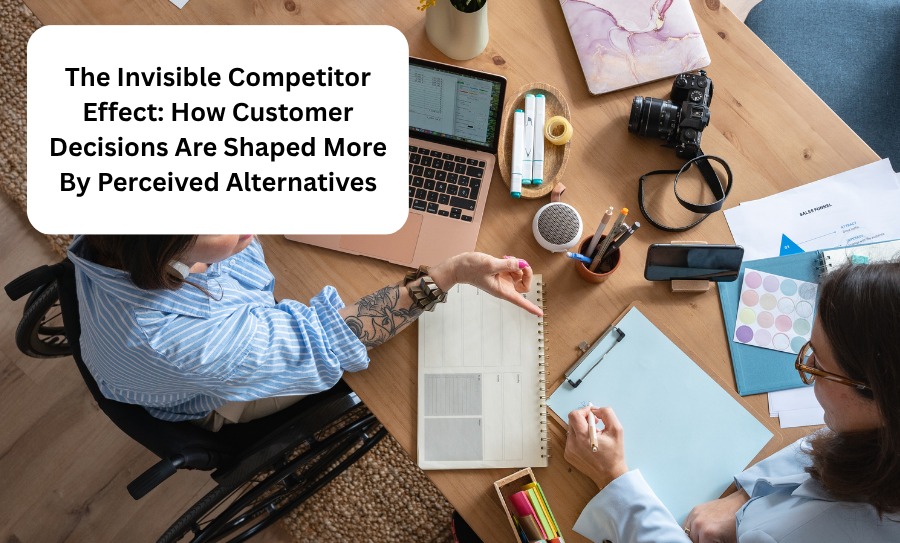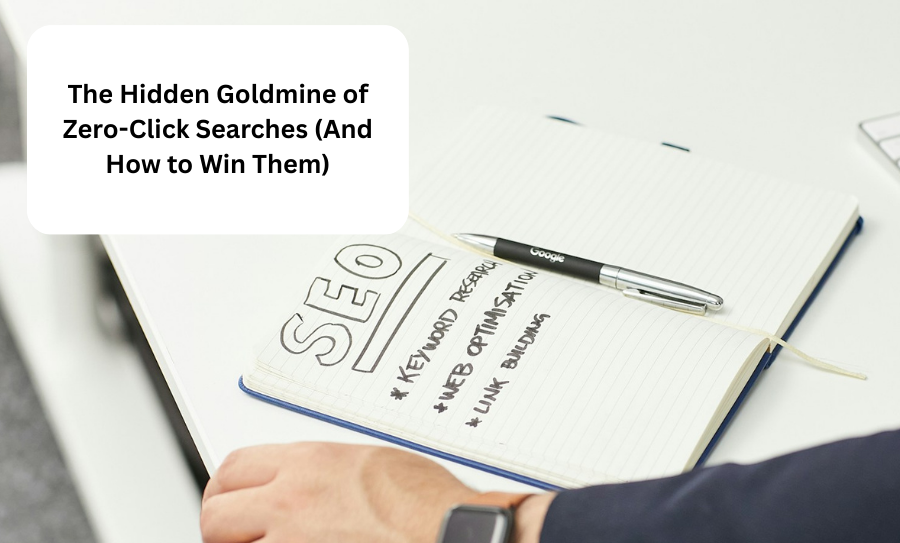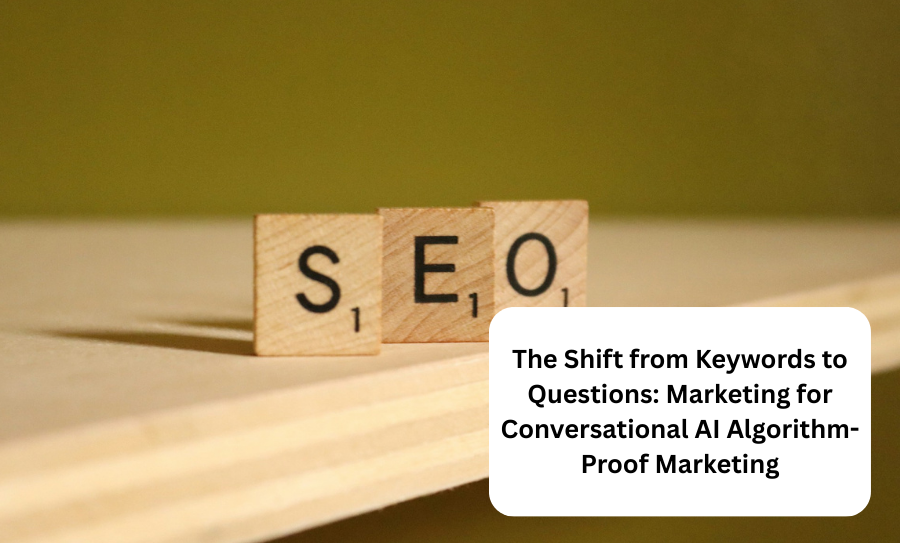
The Invisible Competitor Effect: How Customer Decisions Are Shaped More By Perceived Alternatives
Introduction
Most marketers obsess over their direct competitors—the companies offering similar products or services. But in reality, your biggest threat might not be another brand at all.
Customers often compare your offer against invisible competitors:
- Doing nothing
- Doing it themselves (DIY)
- Using an outdated but “good enough” solution
These unseen choices shape decisions more than head-to-head competition. To win, brands must learn how to overcome inertia, DIY mindsets, and the comfort of the familiar.
An employee personal brand is the professional reputation an individual builds through online presence, content, and interactions.
It’s expressed through:
- LinkedIn posts
- Blogs, podcasts, or videos
- Industry panel appearances
- Networking and thought-leadership contributions
For agencies, these individual voices become brand ambassadors who humanize and expand reach.
What is the Invisible Competitor Effect?
The invisible competitor effect refers to the hidden alternatives customers consider when evaluating your solution.
Instead of comparing Brand A vs. Brand B, many ask:
- “Should I even buy this at all?”
- “Can I just do this myself?”
- “Is my current method good enough?”
These non-purchases and workarounds often cost brands more sales than direct competition.
How Agencies Can Leverage Employee Personal Brands
Why Invisible Competitors Matter More Than Direct Ones
1. Inertia is Powerful
People prefer sticking with the status quo—even if it’s inefficient—because change feels risky.
2. DIY is Tempting
With YouTube tutorials, free tools, and AI assistants, customers often believe they can “do it themselves” at a lower cost.
3. “Good Enough” Wins
If customers think their current solution is good enough, they’ll delay switching—even if your product is objectively better.
4. Perceived Risk > Perceived Value
Even when your solution offers clear benefits, the fear of wasting money, time, or effort tips decisions toward doing nothing.
How Brands Can Compete with Invisible Competitors
1. Sell Against Inaction
Show the cost of doing nothing—lost revenue, wasted time, or missed opportunities.
2. Reframe the DIY Narrative
Position your product as faster, safer, or more effective than DIY. For example: “Sure, you could design your website yourself—but will it convert leads like a professionally built one?”
3. Emphasize Switching Benefits
Highlight how your solution makes life easier, not just better. Convenience and simplicity often outweigh feature lists.
4. Reduce Risk
Offer free trials, guarantees, or low-commitment entry points to counter fear of making the wrong choice.
5. Tell Customer Stories
Case studies of people who “tried to DIY” or “waited too long” can be powerful proof that action beats hesitation.
Examples of Addressing Invisible Competitors
- Canva → Beat DIY design by showing anyone can create pro-level graphics faster.
- Slack → Won against “do nothing” (email) by highlighting productivity loss in status quo workflows.
Peloton → Framed home workouts as superior to both gyms and doing nothing, combining convenience + motivation.
FAQs on Invisible Competitors
Q1: How do I identify my brand’s invisible competitors?
Listen to sales objections. If prospects say “We’ll wait,” “We can do this in-house,” or “We’ll stick with what we have,”—those are invisible competitors.
Q2: Are invisible competitors the same as substitutes?
Not exactly. Substitutes are alternative products; invisible competitors are non-purchases or DIY solutions.
Q3: How do you measure losses to invisible competitors?
Track stalled leads, abandoned carts, or prospects who disengage without switching to another brand.
Q4: Do small businesses face invisible competitors more?
Yes—especially against DIY options where customers believe they can replicate the service.
Conclusion
Your biggest competition may not be another brand—it’s the decision not to buy at all. By recognizing and addressing invisible competitors like “do nothing” or DIY, brands can remove hidden barriers, earn trust, and close more sales.
At Etherfly Services, we help businesses uncover hidden obstacles in customer decision-making and craft messaging that overcomes inertia, fear, and DIY alternatives.
Want to win against invisible competitors? Contact Etherfly Services today.




Leave a Reply